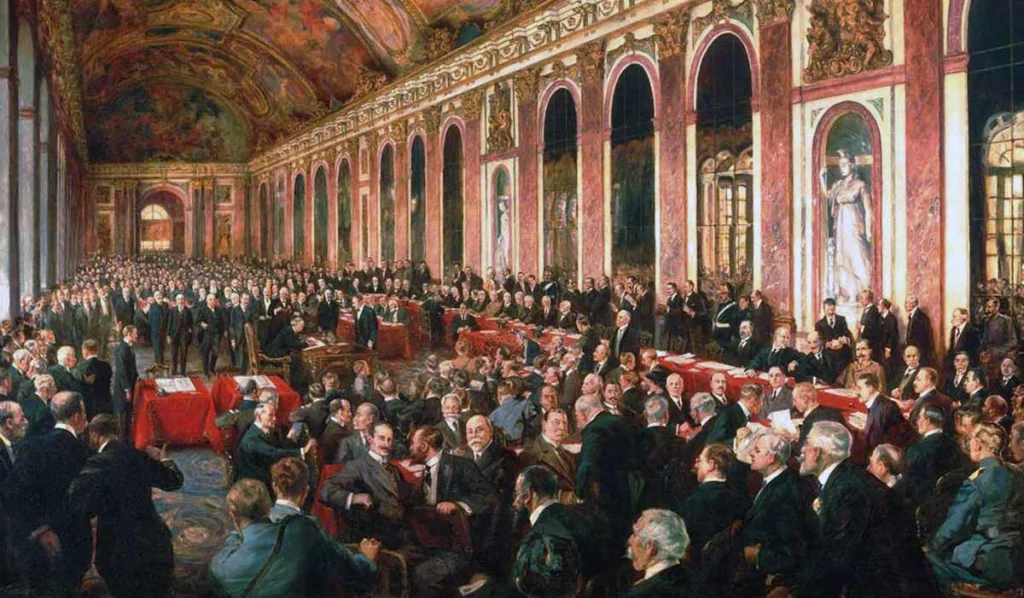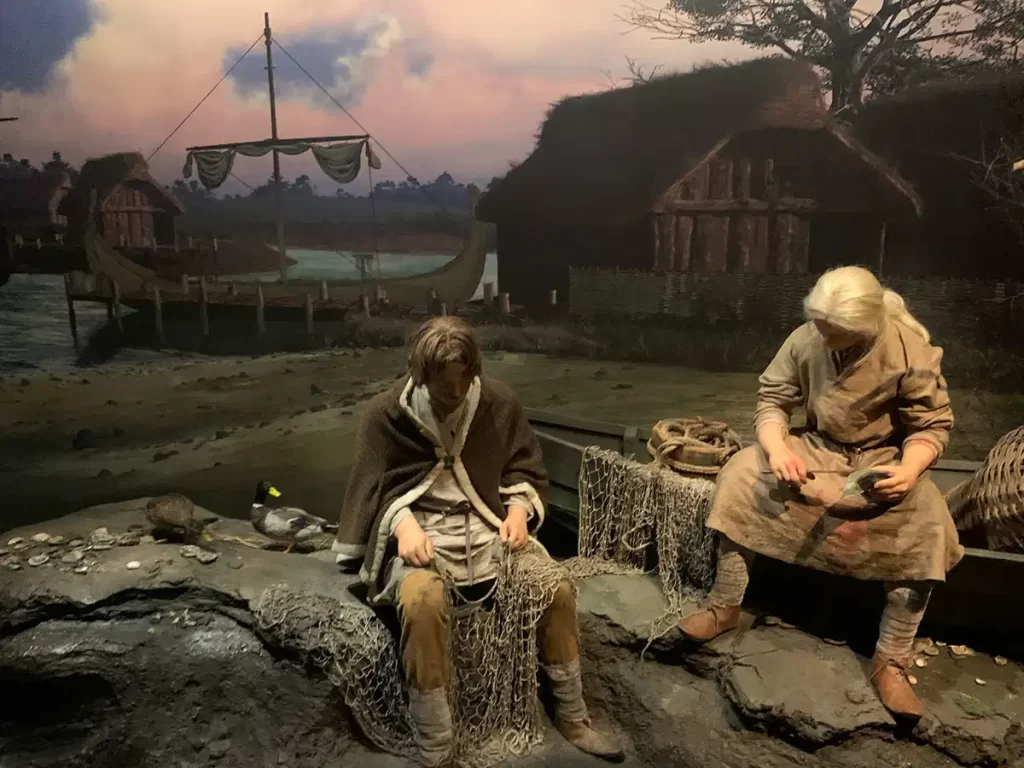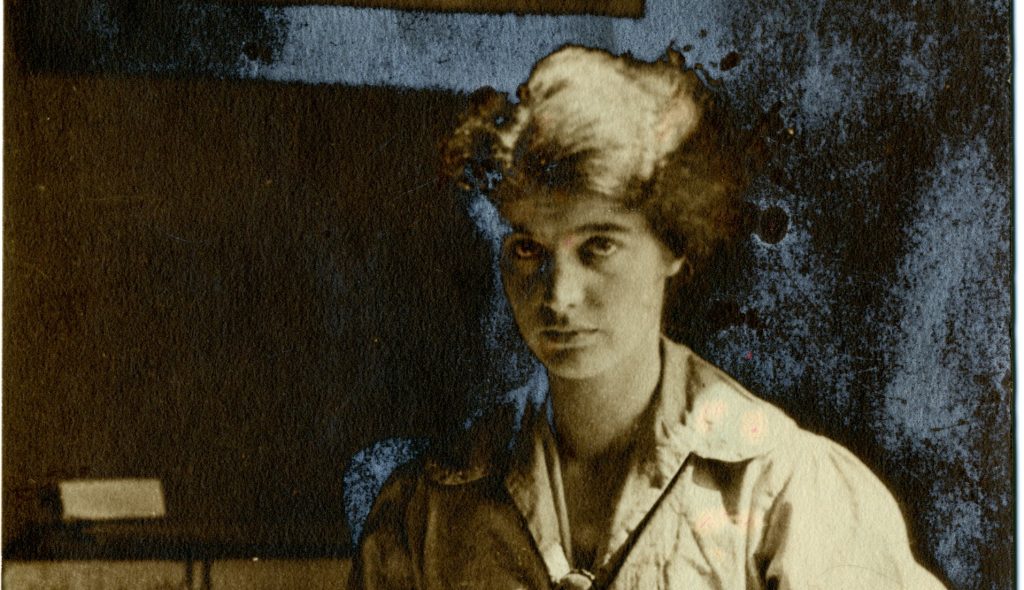# The Sacred Power of Medieval Queens
In the early Middle Ages, a new ritual transformed European monarchy forever: the royal consecration. Kings and queens were anointed with holy oil, crowned, and blessed by the Church, binding their rule to divine will. But this wasn’t just about kings—queens were central to the ceremony from the very beginning.
A Divine Revolution
In November 751, Pippin the Short and his wife Bertrada stood before the altar of a church in Soissons. A bishop poured holy oil over their heads, marking them as the first Carolingian rulers of Francia. This was no ordinary coronation—it was a political and religious revolution.
Pippin was a usurper. He had seized the throne from the last Merovingian king, Childeric III, just months earlier. But with this new ritual, he didn’t just claim power—he claimed God’s favor. And Bertrada wasn’t just a bystander. As the mother of future kings, her legitimacy was just as crucial.
This ceremony didn’t just make kings—it made dynasties.
The Queen’s Role: More Than Just Fertility?
For centuries, historians have puzzled over why queens were anointed alongside kings. Some argued it was a “fertility charm”—a way to ensure royal heirs. After all, a queen’s primary duty was to produce sons.
But the truth was far more complex.
Take Judith, the 12-year-old Frankish princess married off to Æthelwulf, the 50-year-old king of Wessex, in 856. Her consecration ceremony wasn’t just about babies—it was about power. The prayers compared her to biblical heroines like Esther and Judith, women who used their influence to save their people.
Judith wasn’t just a womb—she was a political player.
The Case of Queen Ermentrude
Twenty years into her marriage, Ermentrude, wife of Charles the Bald, was finally anointed in 866. By then, she was in her forties—past her prime childbearing years. Yet her consecration was urgent.
Charles had lost most of his sons—some to war, some to the Church. He needed an heir, and fast. The prayers at Ermentrude’s ceremony invoked Abraham and Sarah, who miraculously conceived in old age. But even if she never bore another child, her anointing wasn’t just about fertility—it was about stability.
Queens as Co-Rulers
By the 10th century, queens weren’t just wives—they were consors regni, “sharers in rule.” The Ottonian emperors crowned their wives as empresses, and in England, queens like Emma of Normandy wielded immense power.
Emma married two kings—Æthelred the Unready and Cnut the Great—and saw two of her sons, Harthacnut and Edward the Confessor, take the throne. She wasn’t just a mother; she was a political force. In one portrait, she sits enthroned, crowned, while her sons stand to the side.
A Legacy of Sacred Queenship
The royal consecration wasn’t just a coronation—it was a declaration. It said that queens weren’t just accessories to kings; they were essential to monarchy itself.
From Bertrada to Emma, these women weren’t just blessed for their wombs—they were anointed for their wisdom, their influence, and their role in shaping history.
And that was a power no king could rule without.











































